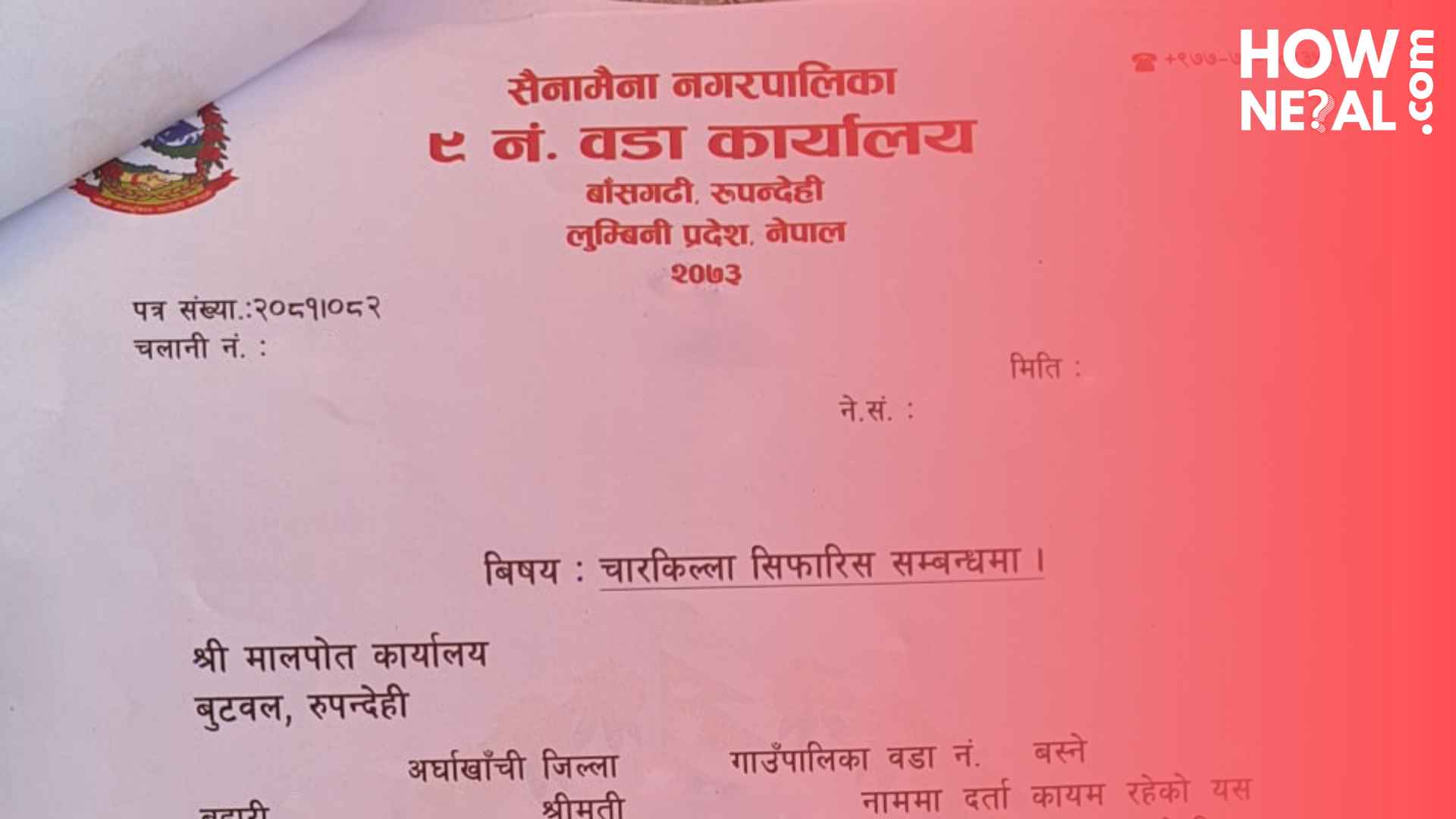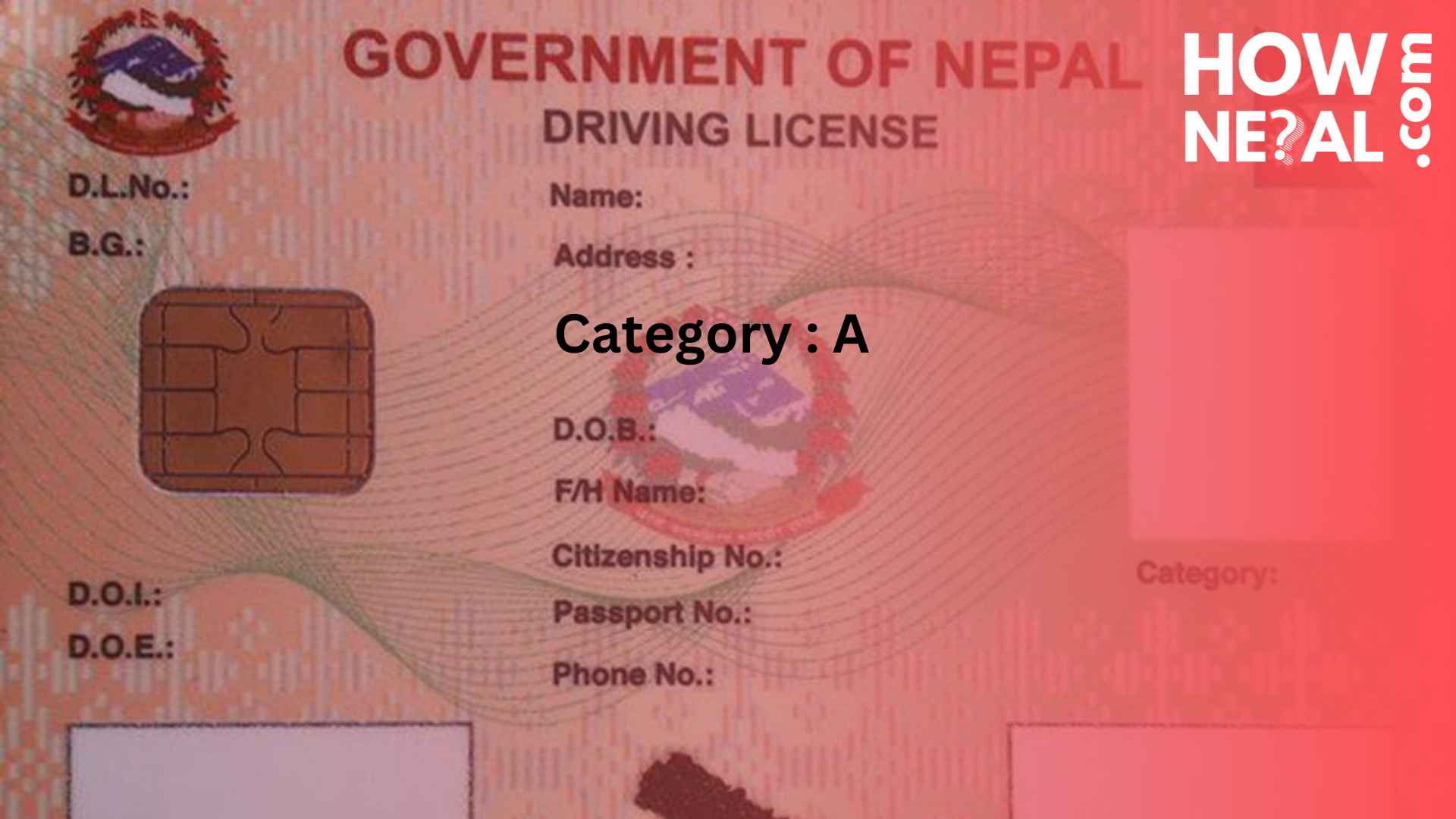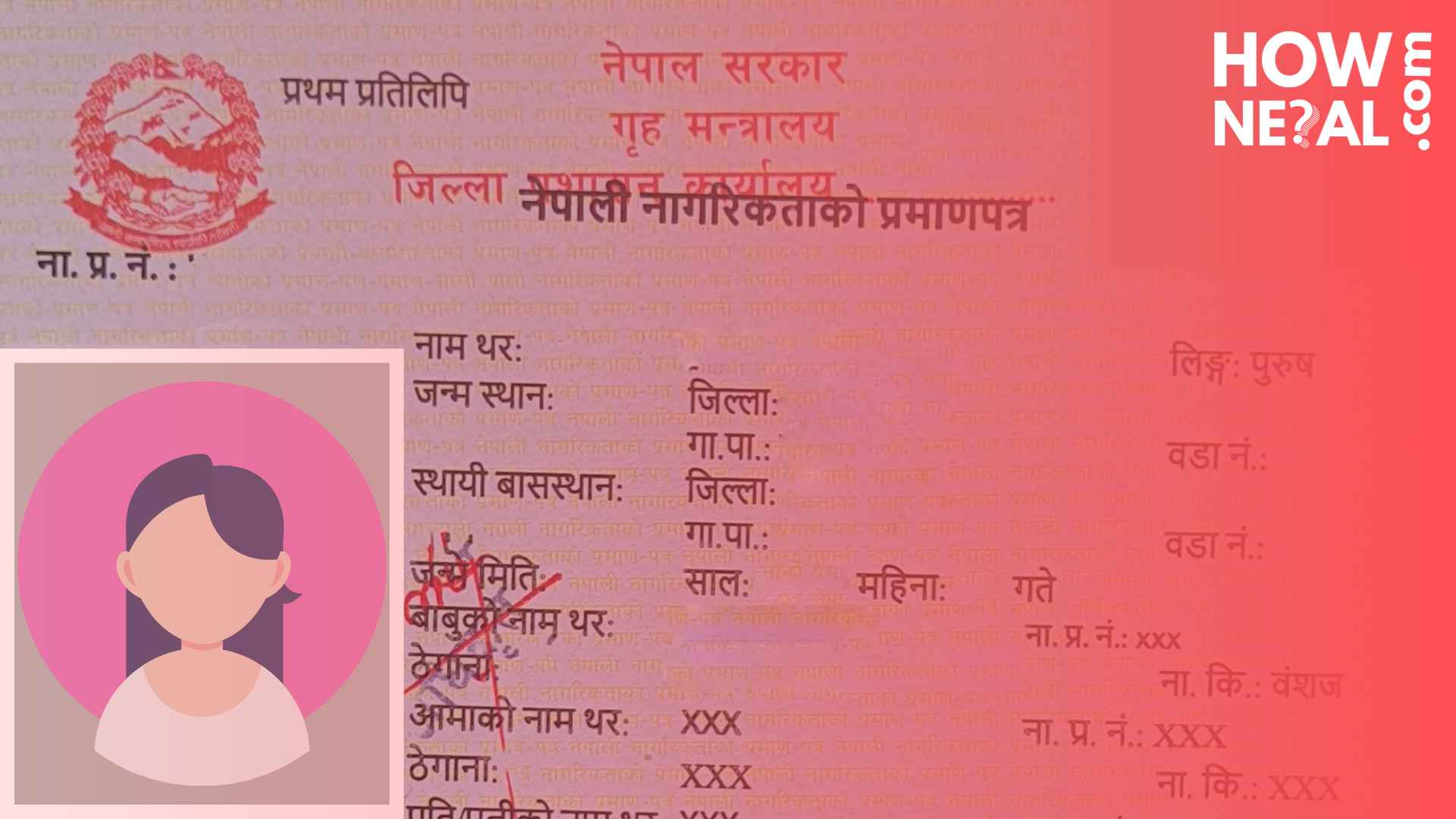House and Property /
How to Make a Chaukilla in Nepal through the Ward Office?
Creating a Chaukilla (Charkilla), a legal document issued by the ward office in Nepal, involves formal procedures that establish property boundaries. This article provides an in-depth guide on how to legally obtain a Chaukilla through the ward office.
What is a Chaukilla?
A Chaukilla is an official document provided by the ward office that defines the boundaries of a property in Nepal. It helps resolve disputes, establish legal ownership, and secure financial benefits such as loans against the property. Additionally, it is a necessary document when applying for permission to construct a house. The process of acquiring a Chaukilla is governed by local regulations and requires formal approval from the ward office.
Step 1: Gather Required Documents
Before visiting the ward office, ensure you have the following essential documents:
- Citizenship Certificate: Official identification of the property owner.
- Land Ownership Papers (Lal Purja): Legal proof of land ownership.
- Land Map (Naksa): Verified by the Land Survey Office to confirm accurate property dimensions.
- Recent Tax Clearance Certificate: Evidence of no outstanding property tax liabilities.



Step 2: Visit the Ward Office
Head to the ward office where your property is registered. Request the application form (nibedan) for Chaukilla issuance or boundary verification if available. If not available you may need to write application on your own,
Step 3: Submit the Application
Fill out the application form carefully, providing details such as:
- Applicant’s full name and contact information
- Land plot number and total area
- Purpose for requesting the Chaukilla
- Also mention name of owners or situations of four directions of the plot
- Attach photocopies of the required documents and submit the application to the concerned ward office authority.
Step 4: Site Inspection by Ward Officials (If Necessary / very unlikely to happen)
After submission, the ward office will review the provided documents. If the land area cannot be verified through these documents, they will schedule a site inspection. Representatives from the ward office and land surveyors will visit the property to verify boundaries, inspect the land, and determine the most suitable placement for the Chaukilla.
Step 5: Approval and Fee Payment
Once the review or inspection is successfully completed, the ward office will issue approval for the Chaukilla. Be prepared to pay a processing fee based on local government regulations.
Step 6: Final Verification and Document Issuance
Upon satisfactory verification, the ward office will issue an official Chaukilla document certifying the successful establishment of property boundaries. This document serves as legal proof of the property’s officially recognized limits.

The image above is for representational purposes only and does not serve the intended purpose of this document.
Legal Requirements of a Chaukilla
Chaukilla is required in several occasions:
- Boundary Dispute Resolution: Reduces the chances of boundary disputes with neighbors.
- Loan Against Land: The legal recognition of boundaries can simplify securing a land-based loan.
- Loan Against Home: If a home is within the Chaukilla, its certification strengthens home loan applications.
- House Construction Approval: The Chaukilla is essential when applying for building permits.
- Property Transfer and Sale: A certified Chaukilla eases property sale and transfer processes.
Challenges to Expect
- Despite its benefits, acquiring a Chaukilla may involve challenges such as:
- Bureaucratic Delays: Approval processes may take time due to administrative procedures.
- Inspection Discrepancies: Land survey discrepancies may require further verification.
- Fees and Expenses: Be prepared for government fees and potential service costs.
By following these steps, you can legally obtain a Chaukilla document through your local ward office in Nepal, ensuring clear property boundaries, legal protection, and increased property value. Follow HowNepal for more tips and information on House and Property and more topics.







